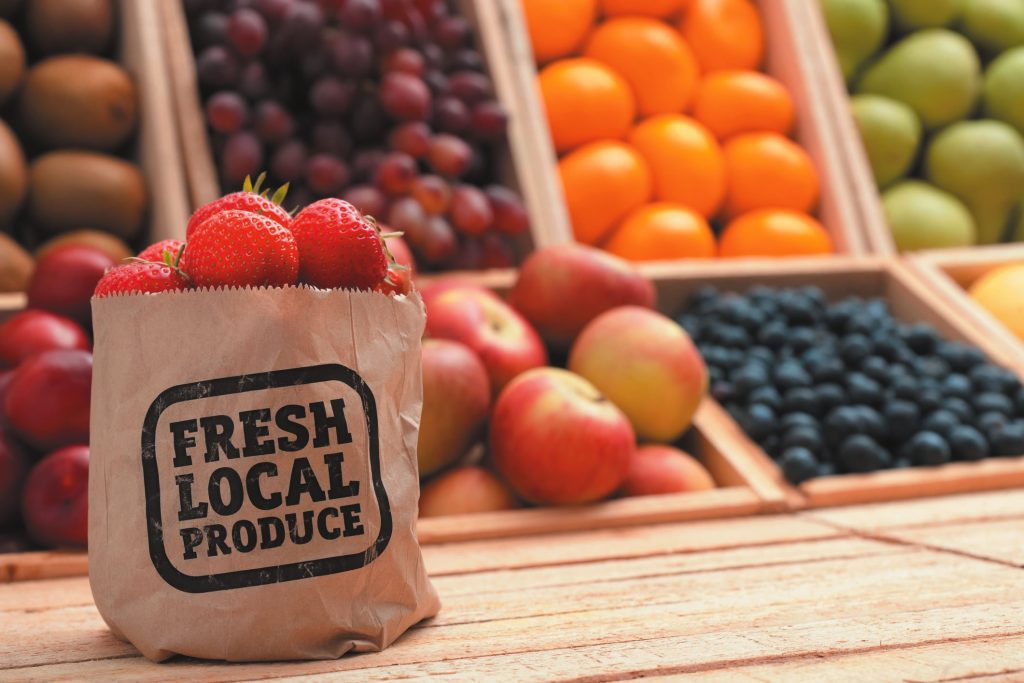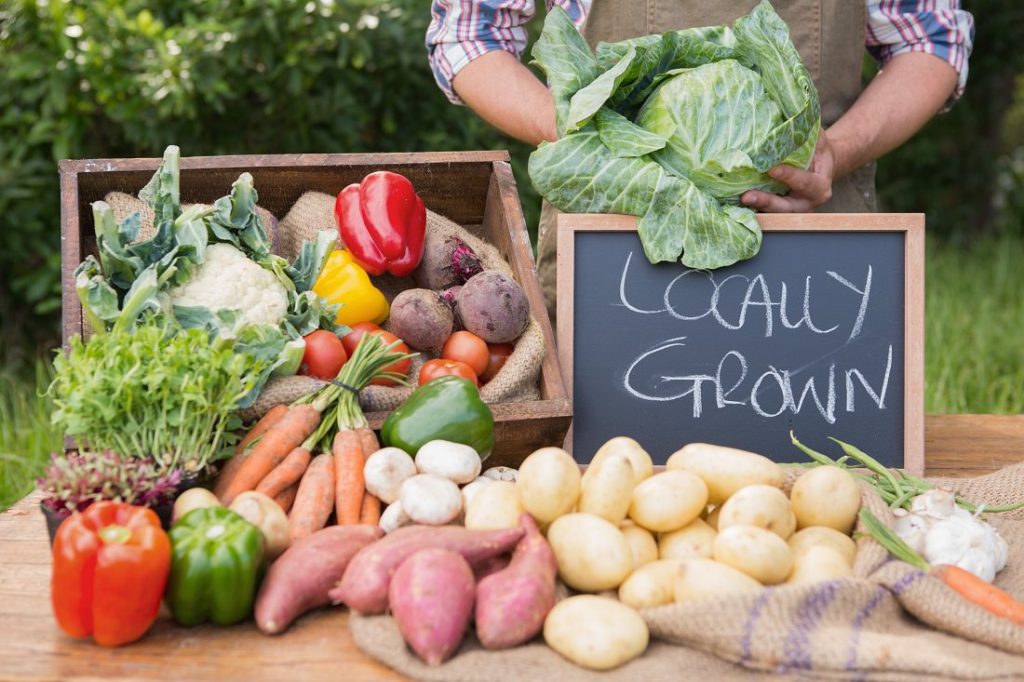
Every local product tells a story—of tradition, community, craftsmanship, and flavor. Whether it’s handwoven textiles, single-origin coffee, herbal skincare, or bamboo furniture, these products carry cultural identity. The question is: how do you turn that local charm into global demand?
With the right strategy, even small producers in rural regions can compete in international markets. Let’s explore how.
1. Know What Makes Your Product Special
Global consumers are craving authenticity. They’re tired of mass-produced goods and want stories they can connect with. Your product’s local origin isn’t a limitation—it’s your selling point.
Ask: What tradition, resource, or cultural uniqueness does your product carry? That’s your value proposition.
Example: Balinese coconut oil isn’t just oil—it’s natural, handcrafted, and rooted in heritage.
2. Build a Brand That Reflects Local Identity
Your packaging, messaging, and visuals should reflect where you come from—without compromising clarity for global audiences.
- Use local motifs subtly, but keep design clean and modern
- Add your story: “Handcrafted in ___ by local artisans”
- Highlight sustainability, ethical sourcing, or heritage techniques
Global buyers love purpose-driven products.
3. Understand Your Target Market Abroad
Not every local product will work everywhere. Do research:
- Where is demand growing for products like yours?
- What certifications or standards are needed?
- What pricing level matches your segment?
Tip: Sometimes it’s better to target niche premium markets than go mass-market.
4. Start Small with Digital Channels
You don’t need a distributor in Europe to start. Platforms like:
- Etsy, Amazon Handmade, Alibaba, or local export marketplaces
- Instagram, TikTok, and Pinterest for story-led marketing
- Partnering with diaspora communities abroad
These give local brands a low-cost entry point to test and scale.
5. Collaborate and Upskill
Work with export bodies, co-ops, or accelerators that support small producers. Many offer:
- Product training
- Market access programs
- Branding & packaging support
- Subsidized certifications
You don’t have to go global alone.
Conclusion
Your local product has more than economic value—it represents identity and meaning. By packaging it with purpose and positioning it with global standards, you can turn a village product into a global favorite. The world is ready. Now it’s your move.



